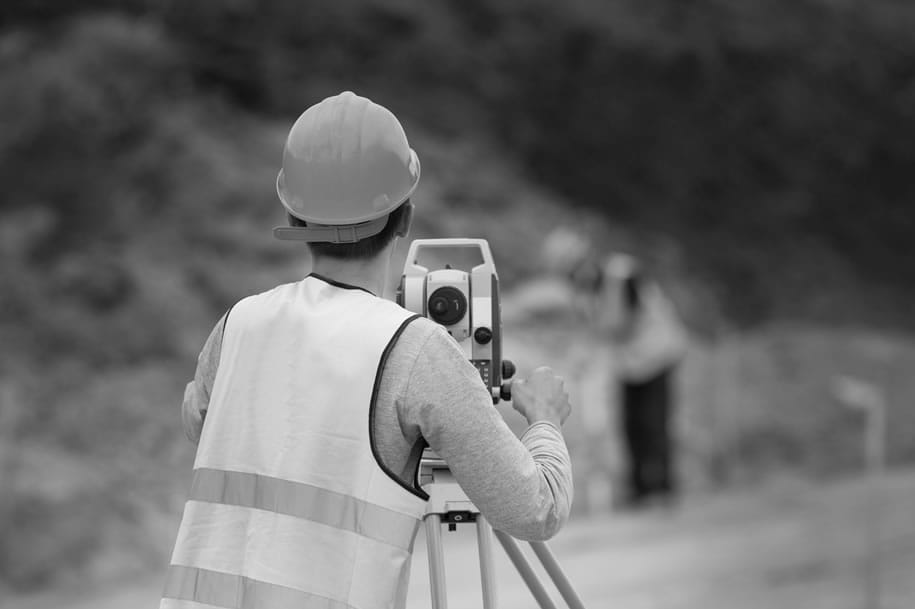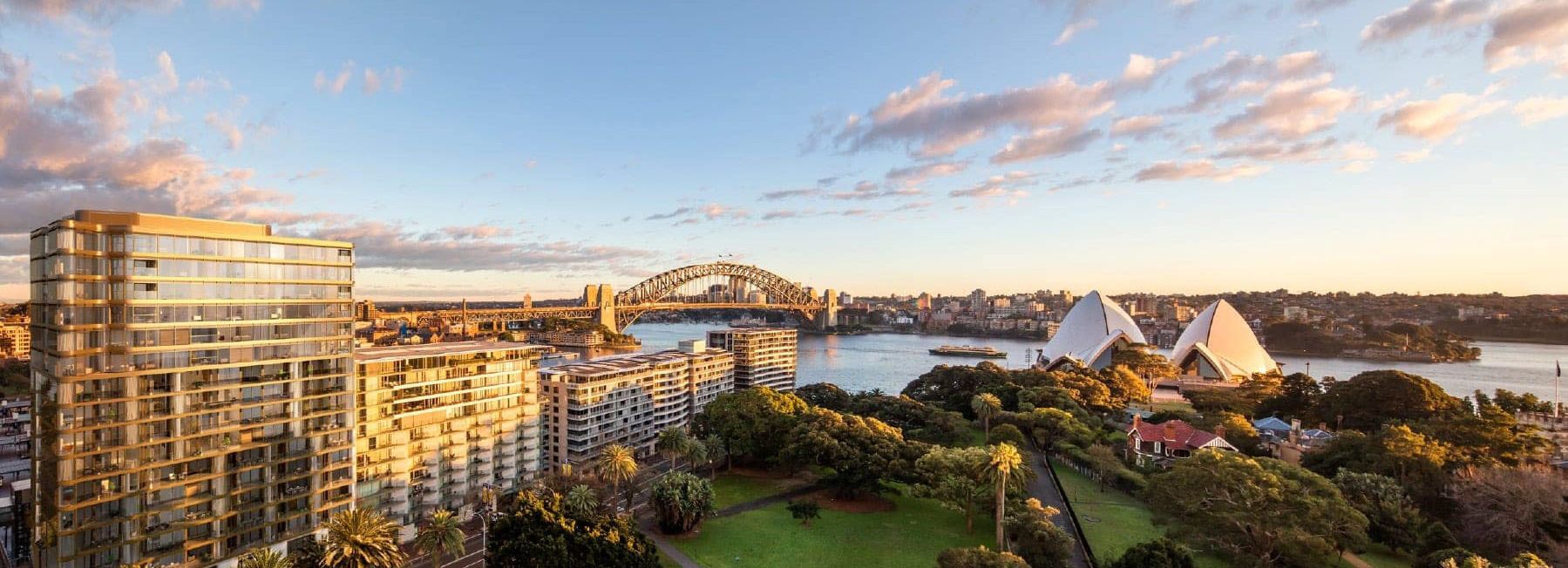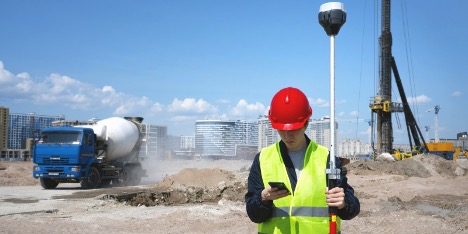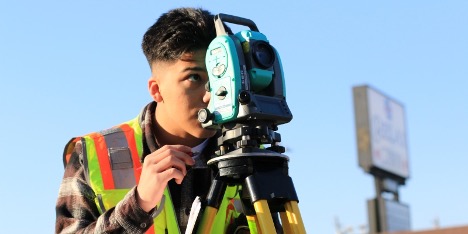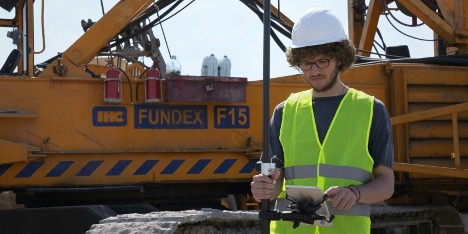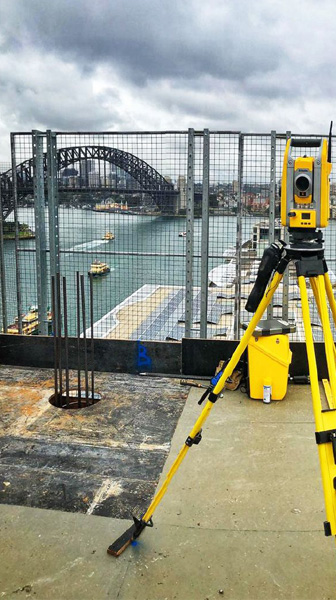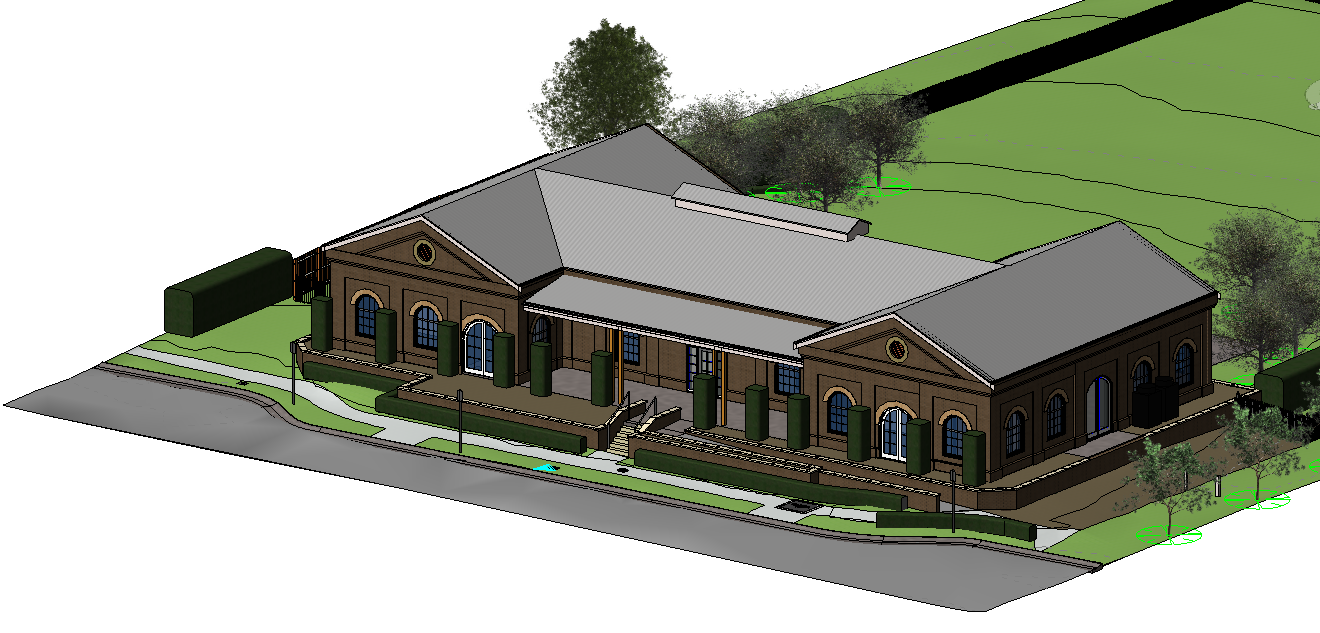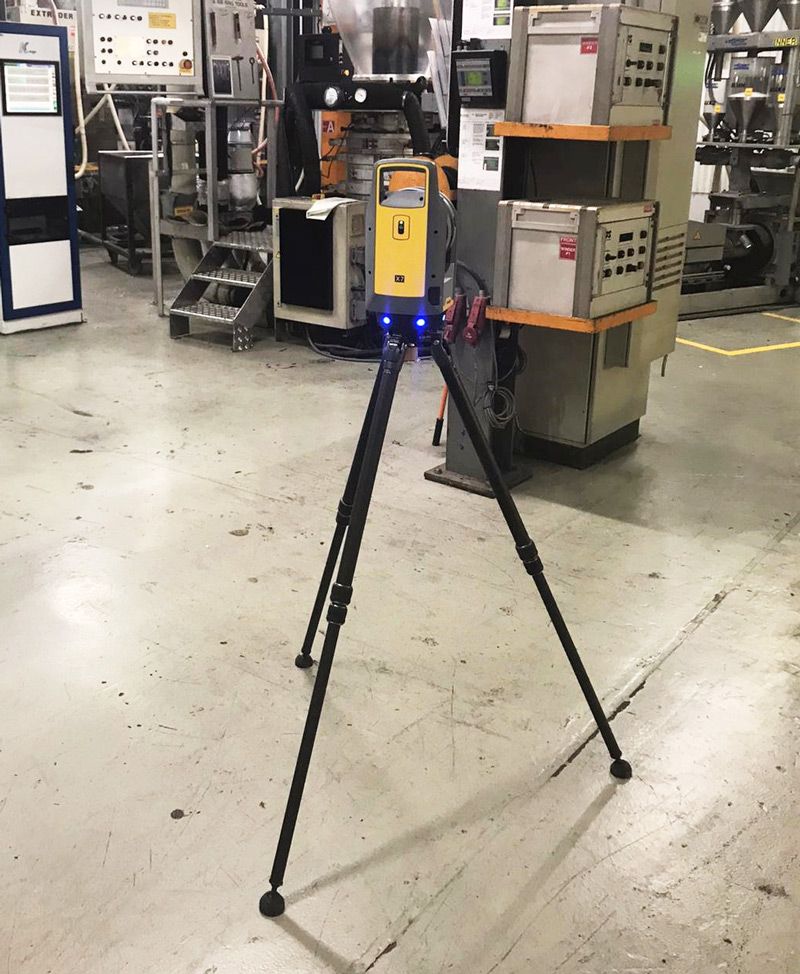Historic buildings and cultural landmarks are more than just structures; they are physical connections to our past, telling the stories of architectural evolution, craftsmanship, and historical events. But time, weather, urban development, and unforeseen disasters threaten their survival.
In 2019, the world witnessed the tragic fire that devastated Notre-Dame de Paris, destroying centuries of history in a matter of hours. The disaster was a wake-up call – highlighting the importance of modern technology in heritage preservation.
This is where 3D laser scanning is revolutionising how we document, restore, and protect historical sites. Through precise, high-definition 3D surveys, surveyors and conservationists can create digital twins of these landmarks, ensuring that no detail is lost – even in the face of disaster.
The Critical Role of 3D Surveys in Heritage Preservation
In the aftermath of the Notre-Dame fire, it became clear that technology like 3D surveys is crucial for understanding and protecting our cultural treasures. By creating a precise, digital record of a structure, surveyors can help restore damaged buildings with unparalleled accuracy. These digital replicas preserve details that would otherwise be difficult to document, ensuring that, even in the face of disaster, we have a foundation for rebuilding.
Closer to home, our team has contributed to the preservation of Sydney’s architectural history, working on heritage projects such as a significant building on Kent Street in Sydney’s CBD and various historic churches. Our experience in scanning heritage sites has provided architects and conservationists with the tools they need to protect and manage these structures thoughtfully.
How 3D Laser Scanning Works
3D laser scanning is a technology that uses laser beams to precisely measure distances to surfaces, rapidly creating detailed 3D representations of objects, environments or landscapes, and essentially capturing a “point cloud” of data that can be used to generate accurate 3D models. A “point cloud,” is a collection of 3D coordinates representing the surface of the scanned object.
Essentially, 3D laser scanning creates highly detailed, 3D digital models that serve as comprehensive records of historic buildings.
💡 Why is this important?
- Preservation: Digitally documenting architectural details for future generations.
- Restoration: Providing accurate models to guide reconstruction efforts and repairs.
- Risk Management: Protecting against damage from natural disasters or aging structures
At C&A Surveyors, we specialise in 3D laser scanning, providing architects, engineers, and conservationists with the detailed data needed to safeguard historic landmarks. Our work on Kent Street, for instance, involved scanning an entire heritage building to produce a colourised 3D model. This model allows experts to visualise the structure’s condition and plan future restorations without the risk of compromising its historical integrity.
You can see the results for yourself in our Kent Street project video here, which showcases the benefits of using 3D surveys for heritage sites:
How We Can Help Preserve Heritage Buildings
Traditional surveying methods can only capture basic measurements, missing finer details that define a building’s architectural identity. Using 3D scanning, we cab create precise, high-resolution models, preserving intricate stone carvings and engravings and ornate ceilings, columns, and facades.
This crucial information can provide architects and engineers with accurate blueprints for restoration. But one of the most powerful uses of 3D laser scanning is creating digital twins—exact virtual replicas of heritage buildings. These digital models serve as archival records for future generations, blueprints for disaster recovery planning and educational tools for historians and architects.
Why Preservation Matters
Our heritage buildings connect us to the past, telling the stories of our communities and architectural evolution. The tragedy at Notre Dame underscored how quickly these links to history can be threatened. By investing in modern surveying technology, we can ensure that our cultural landmarks are not only documented but also preserved for future generations.
Imagine a world where every historic building is protected by a digital twin, ready to guide restoration efforts or assist in proactive maintenance. With tools like 3D laser scanning, this vision is becoming a reality, one project at a time.
Together, we can ensure these stories are told for years to come.

